In today’s digital age, the quest for the best USB microphone for vocals has become a common pursuit for many.
The built-in microphones on most laptops and computers often fall short in delivering clear, rich audio, capturing too much background noise and failing to do justice to the natural warmth of your voice.
A USB microphone with a headphone jack allows for real-time audio monitoring, while volume control can help you adjust on the fly, making it easier to achieve the perfect sound. Whether you’re recording vocals, participating in conference calls, or streaming, the right USB microphone can make all the difference in how you’re heard.
Choosing the USB microphone doesn’t have to be a daunting task. By focusing on key features and understanding your own needs, you can find a microphone that not only meets but exceeds your expectations, providing you with clear, professional-quality audio that stands out.
Our Top Picks
We provide our product links with Amazon assurance whenever possible.
USB microphone – Overall: Logitech Blue Yeti
The USB microphone, the Logitech Blue Yeti, stands out for its exceptional audio quality and versatility. Perfect for podcasters, musicians, and streamers, its ease of use and professional-grade sound make it a top choice. Discover why it’s the go-to mic for clear, powerful recordings.
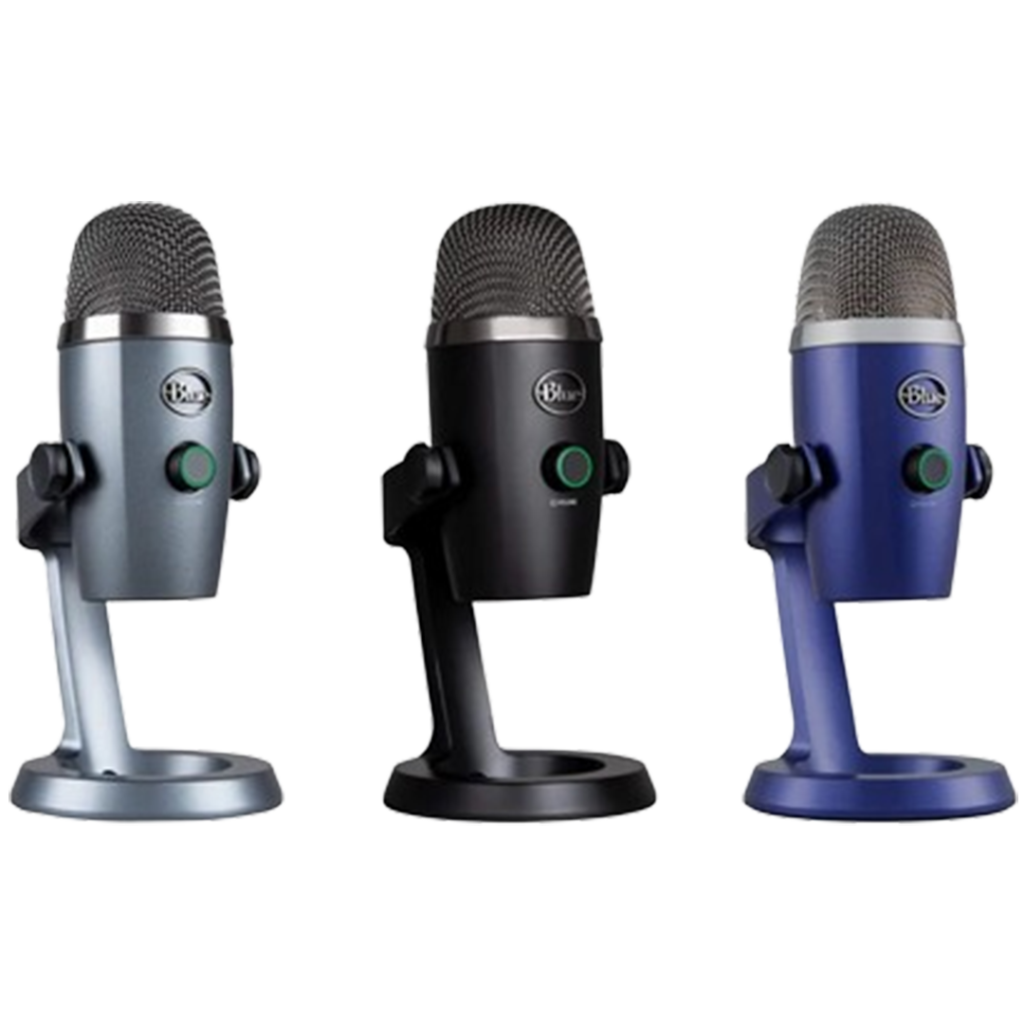

Specifications:
- Power Required/Consumption: 5V 150mA
- Sample Rate: 48 kHz
- Bit Rate: 16-bit
- Capsules: Three 14 mm condenser capsules
- Polar Patterns: Cardioid, Bidirectional, Omnidirectional, Stereo
- Frequency Response: 20 Hz – 20 kHz
- Max SPL: 120 dB (THD: 0.5% 1 kHz)
- Weight: 3.4 pounds
Who Is It For?
The Logitech Blue Yeti is the USB microphone, catering to a wide range of users from budding podcasters to experienced musicians. Its high-quality condenser capsules and versatile polar patterns make it ideal for capturing studio-grade recordings in various settings.
Whether you’re recording vocals, streaming live, or engaging in online meetings, the Blue Yeti delivers clear, professional audio. Its plug-and-play convenience, combined with a robust build and the ability to adjust patterns for different recording scenarios, makes it a great microphone for content creators at all levels.
If you’re looking for a microphone that offers great mics’ audio quality, ease of use, and flexibility, the Blue Yeti is a perfect choice.
Best Budget USB Mic: HyperX SoloCast
The USB microphone, the HyperX SoloCast, shines for its simplicity and quality. It’s the go-to choice for budding podcasters, streamers, and vocal artists looking for great sound without breaking the bank. Compact and easy to use, it promises to elevate your audio game instantly.
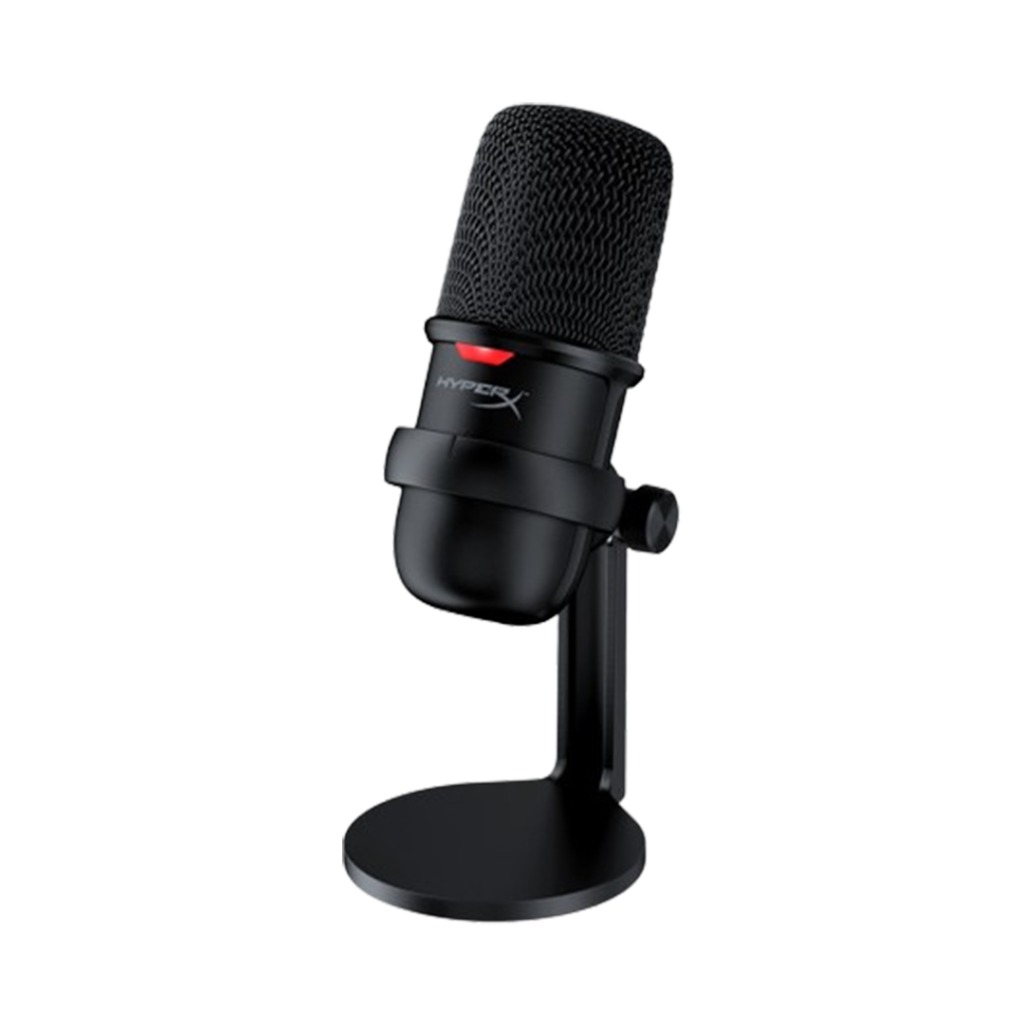

Specifications:
- Plug and Play: No need for audio interfaces.
- Cardioid Pattern: Minimizes background noise.
- 24-bit/96kHz Recording: For high audio quality.
- Tap-to-Mute Sensor: With LED status indicator.
- Compact and Portable: Easy to fit on any desk.
- USB-C Connectivity: For hassle-free setup.
- Built-in Pop Filter: Reduces plosive sounds.
- Compatible with PC, PS4, and Mac: Versatile use.
Who Is It For?
The HyperX SoloCast is the USB microphone tailored for the aspiring content creator. Whether you’re recording vocals, streaming live, or chatting with friends, this microphone delivers good sound quality at an affordable price. Its plug-and-play feature means you don’t need to fiddle with audio interfaces, making it perfect for those new to audio engineering. The cardioid pattern helps keep the focus on your voice, reducing unwanted background noise.
However, it’s not just for novices. Seasoned podcasters and gamers who need a reliable, good USB mic without the complexity of additional setups will find the SoloCast a great fit. Its lack of volume control and a headphone jack might deter those looking for more control over their audio in real-time, but for the majority, the simplicity, and quality it offers are unbeatable.
If you’re stepping into the world of online content creation or looking to upgrade your audio setup without spending a lot, the HyperX SoloCast stands out as a great microphone choice.
Best Design USB Mic: Shure MV5
The USB microphone, the Shure MV5, stands out with its sleek design and superior audio quality. Compact and versatile, it’s the go-to gadget for podcasters, musicians, and anyone looking to step up their audio game. With plug-and-play simplicity, it captures clear, professional sound in a snap, making it a favorite among creatives and professionals alike.
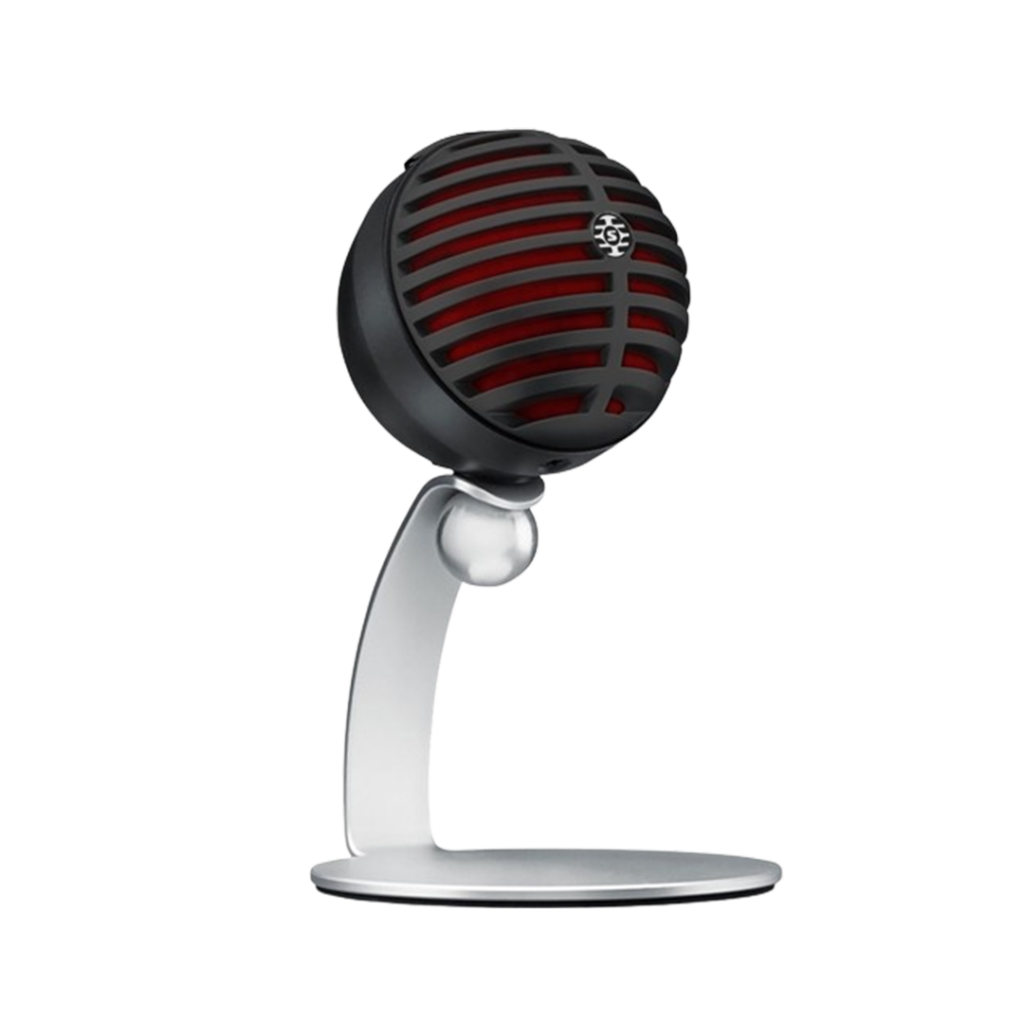

Specifications:
- Polar Patterns: Cardioid and omnidirectional options for versatile recording scenarios.
- Frequency Response: 20 Hz to 20,000 Hz, capturing a wide range of sounds.
- Connection: USB and Lightning connectivity for easy use with computers and iOS devices.
- Design: Retro-inspired, compact design with an integrated stand for desktop use.
- DSP Modes: Three DSP preset modes (Vocals, Flat, Instrument) to optimize sound quality.
- Headphone Jack: Built-in headphone output for real-time monitoring.
- Weight: 160 grams, making it lightweight and portable.
- Resolution: 24-bit/48kHz audio resolution for studio-quality recordings.
Who Is It For?
The Shure MV5 is the USB microphone, designed for the modern creator who demands good sound without the hassle. Whether you’re a budding podcaster, an aspiring musician, or a professional looking for a reliable audio solution, the MV5 delivers.
Its ease of use, combined with high-quality audio engineering, makes it perfect for recording vocals, podcasts, and instruments. The inclusion of both cardioid and omnidirectional patterns offers flexibility in recording, catering to a variety of environments and needs. With its direct connection to iOS devices and computers, it’s ideal for creators on the go.
The MV5’s compact size and integrated stand mean it fits well in any setup, from a cluttered desk to a minimalist home studio. If you value audio quality, versatility, and convenience, the Shure MV5 is your mic. Whether you’re just starting out or looking to upgrade your audio gear, this microphone stands out as a great choice for capturing clear, professional sound.
What I Wish I Knew Before I Got The USB Microphone?
- Research Is Key: Before settling on the USB microphone, spend time researching and comparing models. Look for reviews and user experiences to guide your choice.
- Consider Your Use Case: Not all USB microphones are created equal. Some are better suited for podcasting, while others excel at music vocals. Make sure the one you choose fits your specific needs.
- Check Compatibility: Ensure the microphone is compatible with your operating system and recording software. Compatibility issues can be a real headache.
- Don’t Ignore Accessories: A good pop filter, stand, and shock mount can significantly improve your recording quality. These accessories are often overlooked but are crucial for the best sound.
- Understand Technical Specs: Familiarize yourself with terms like polar patterns, frequency response, and sensitivity. These specs can help you understand how the microphone will perform in different environments.
- Budget Wisely: The USB microphone doesn’t have to break the bank, but be wary of going too cheap. Quality often correlates with price, so find a good balance.
- Test Before Committing: If possible, test the microphone or look for online samples of recordings made with it. This can give you a clear idea of how your voice will sound.
- Look for Latency Feedback: Some USB microphones offer zero-latency monitoring, which allows you to hear yourself in real-time without delay. This feature can be very helpful during recording sessions.
- Warranty and Support: Check the warranty period and customer support options. Good support can save you from potential issues down the line.
- Future-Proofing: Consider a microphone that can grow with you. Look for one with high-quality build and sound that will still be relevant as your skills and needs evolve.
Is USB good for audio recording?
USB microphones have become a popular choice for audio recording, especially for those looking to capture high-quality vocals without the complexity and expense of traditional audio interfaces. The USB microphone offers plug-and-play convenience, integrating seamlessly with computers to provide studio-grade sound.
These microphones often feature a condenser microphone design, known for its sensitivity and fidelity, making them ideal for recording vocals. With the USB microphone, users can expect features like a cardioid pattern, which is excellent for isolating the speaker’s voice from background noise, and a built-in pop filter to minimize plosives for clearer audio.
Additionally, the USB microphone typically includes volume control, allowing for easy adjustments during recording sessions. The convenience of a USB connection, combined with the audio quality comparable to professional setups, makes the USB microphone a great choice for podcasters, musicians, and content creators.
Brands like Blue Yeti and Rode NT USB are often praised for their superior sound and build quality, offering great mics that stand out in the crowded market of USB microphones.
What are the 4 types of microphones?
When considering the best USB microphone for vocals, it’s essential to understand the four main types of microphones, each offering unique characteristics suitable for different recording needs.
Firstly, Dynamic microphones are renowned for their durability and ability to handle high sound pressure levels, making them an excellent choice for live performances and robust vocal applications. For those seeking the USB microphone, especially in studio settings, Condenser microphones are highly favored for their sensitivity and wide frequency response, capturing vocals with clarity and detail.
Ribbon microphones, with their vintage appeal, offer a warm, natural sound that’s perfect for capturing the nuanced performances of vocalists, adding a classic tone to recordings.
Lastly, USB microphones, a subset that often features condenser elements, provide a convenient, plug-and-play solution for recording directly to a computer, making them an ideal choice for podcasters, streamers, and musicians looking for the USB microphone without the need for additional audio interfaces or equipment.
Each type offers distinct advantages, so selecting the USB microphone depends on your specific recording needs, environment, and the sound quality you aim to achieve.
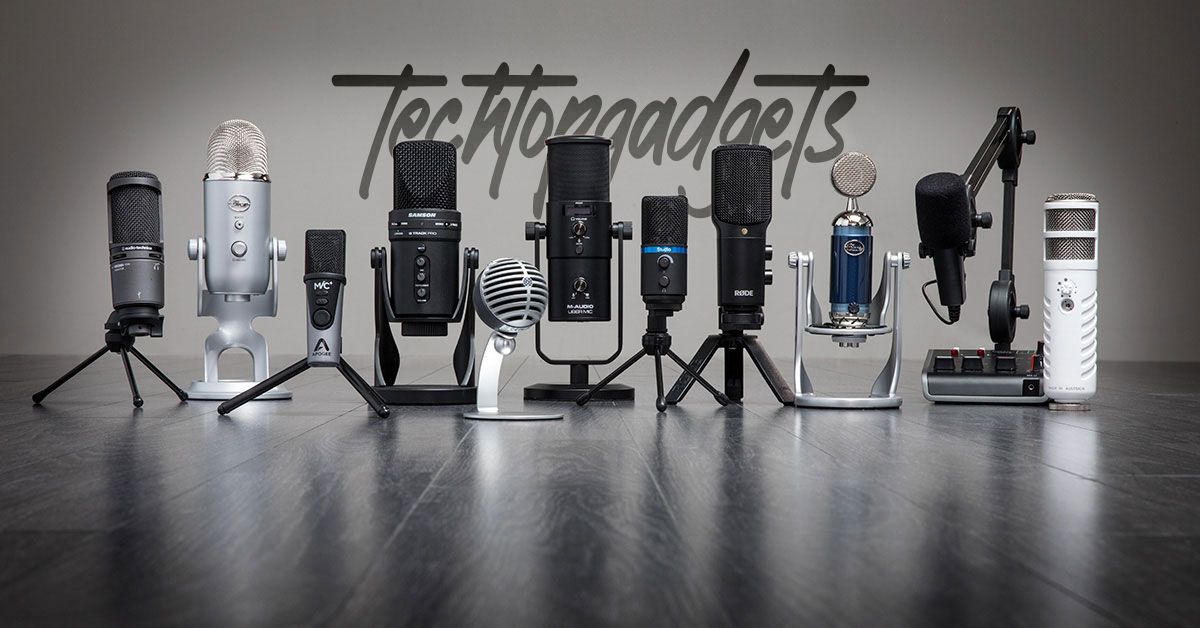
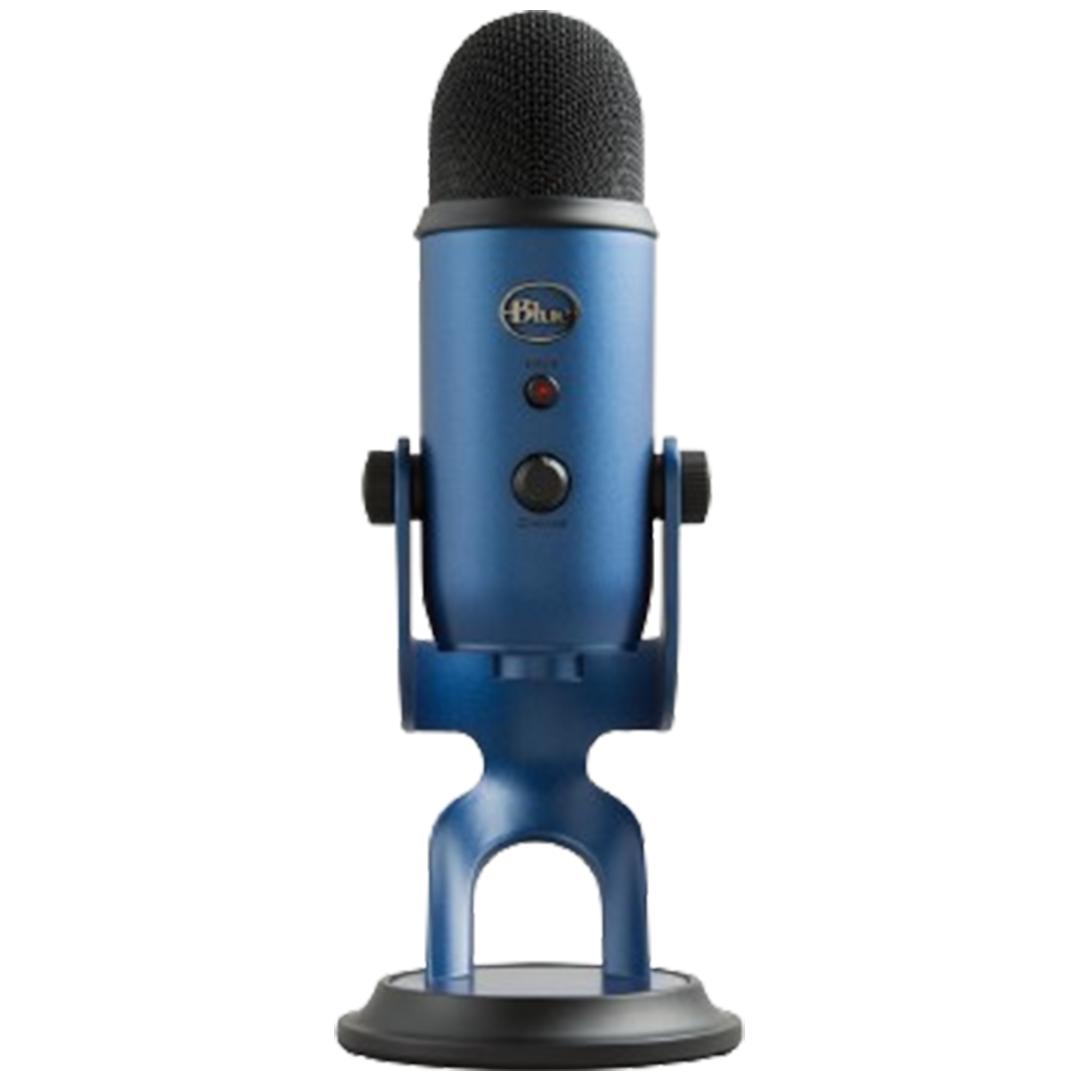
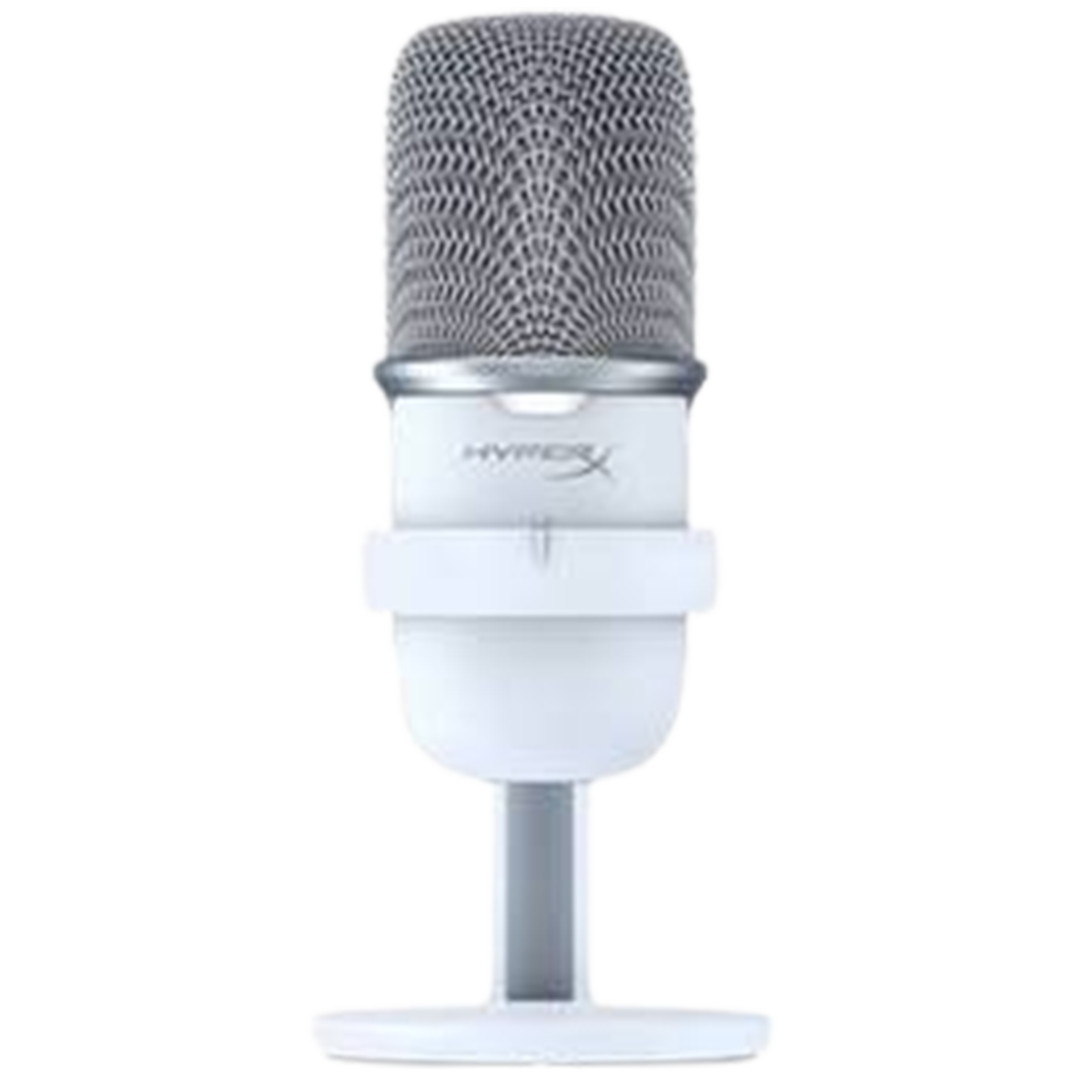
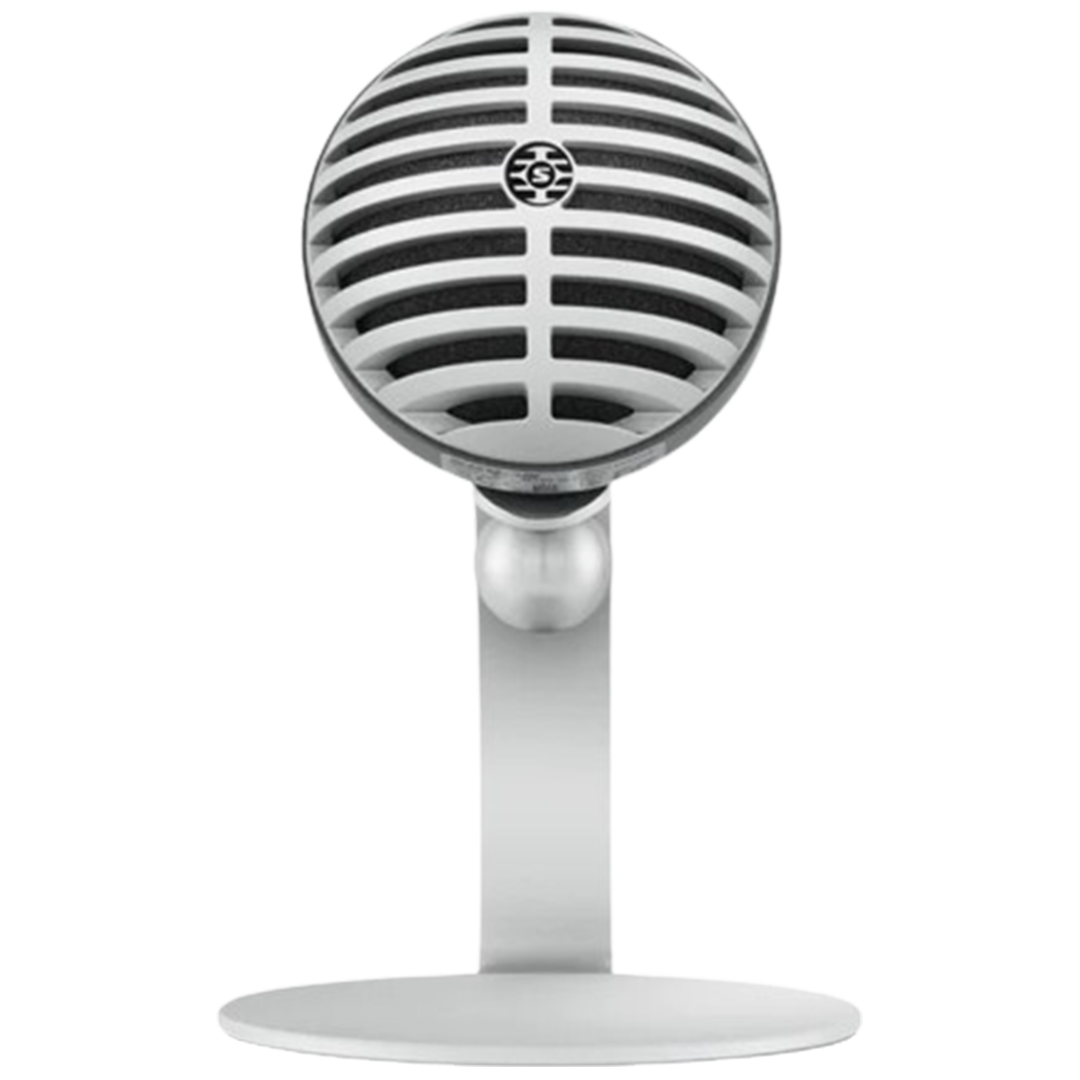
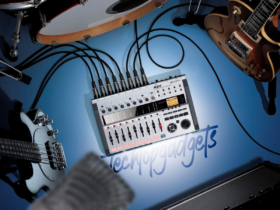
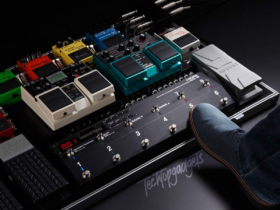
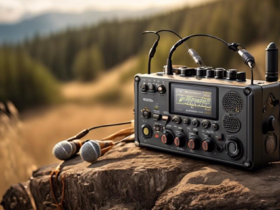


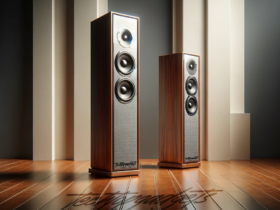




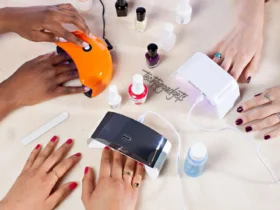


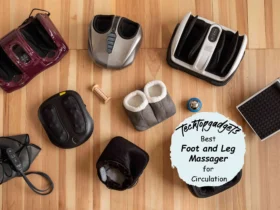
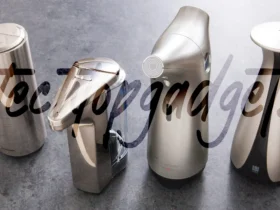
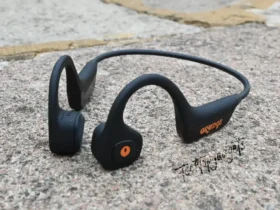
Leave a Reply